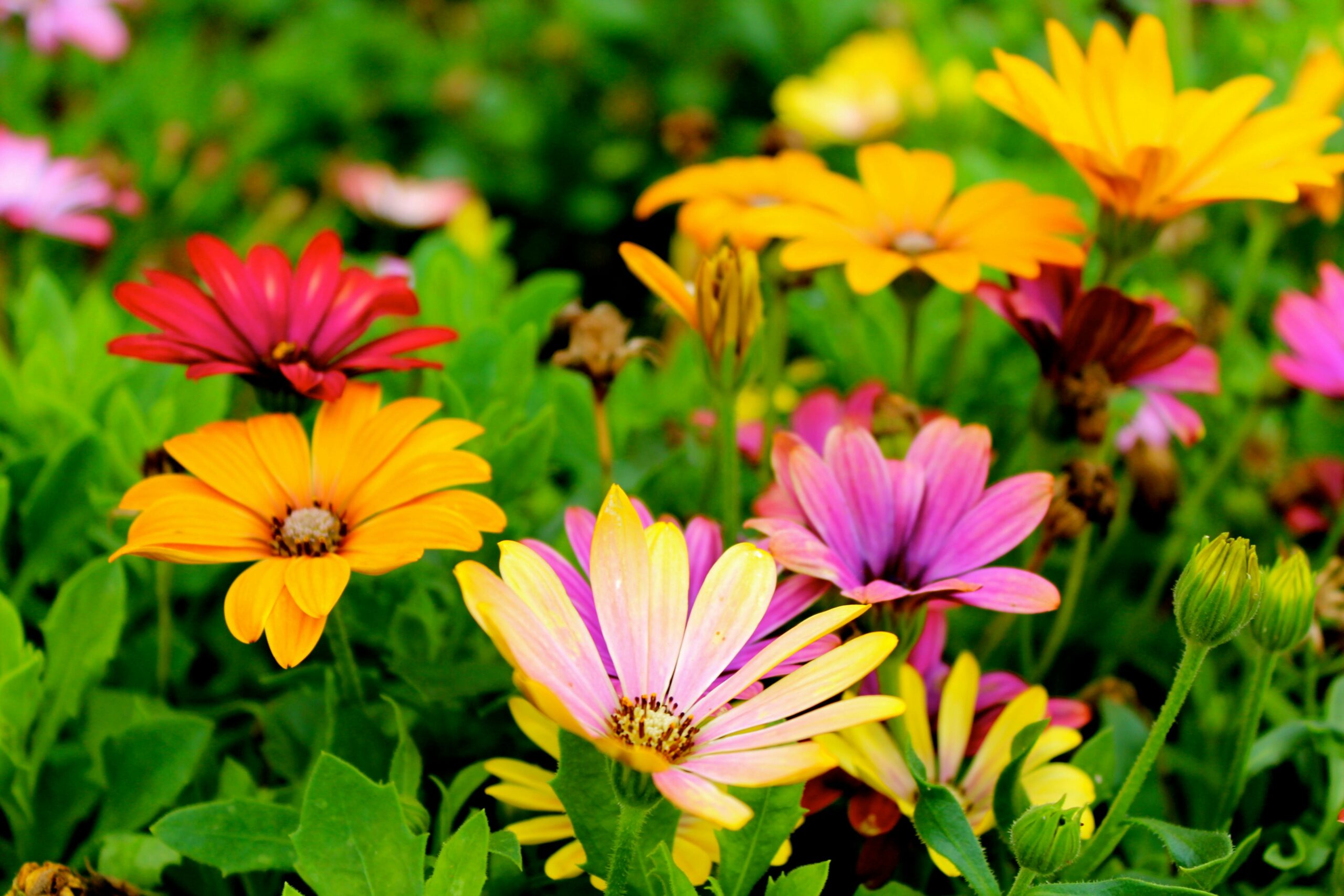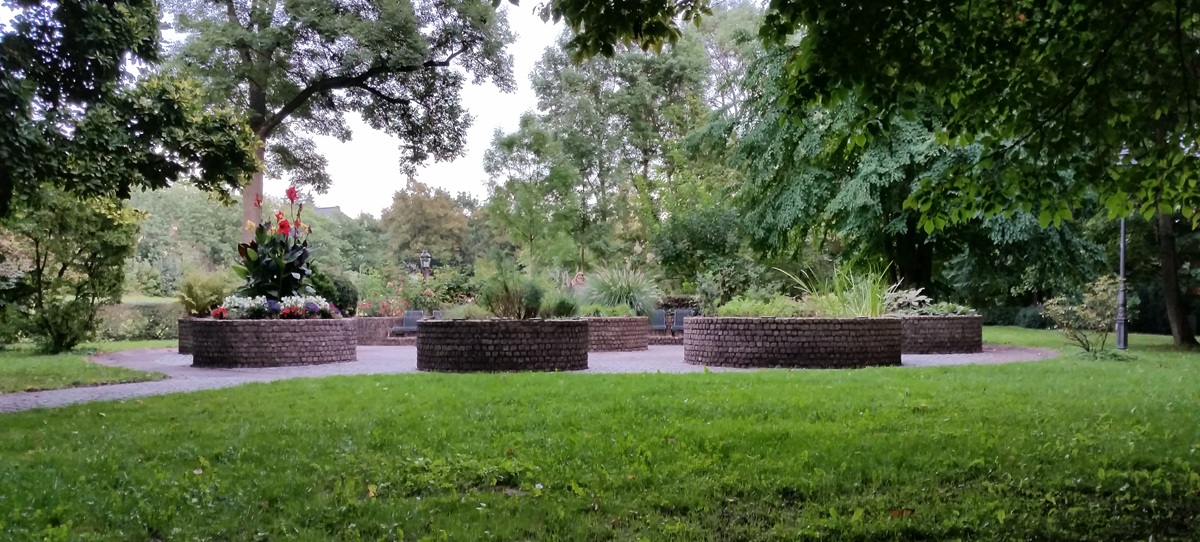When planning a garden, one of the most important things to consider is the lifecycle of the plants you want to grow. Understanding the difference between annuals, perennials, and biennials can help you make informed choices about what to plant, how to care for your garden, and how to ensure continuous blooms and harvests year after year.
Annuals: One-Season Wonders
Annual plants complete their entire lifecycle—from seed to flower to seed again—all within a single growing season. Once they’ve produced seeds, they die off and need to be replanted the following year.
Benefits of Annuals:
Provide quick color and continuous blooms throughout the growing season.
Allow for seasonal changes and variety in the garden.
Tend to grow and mature quickly, making them ideal for vegetable gardens.
Common Annuals:
Flowers: Marigolds, zinnias, petunias, sunflowers.
Vegetables: Lettuce, spinach, radishes, cucumbers.
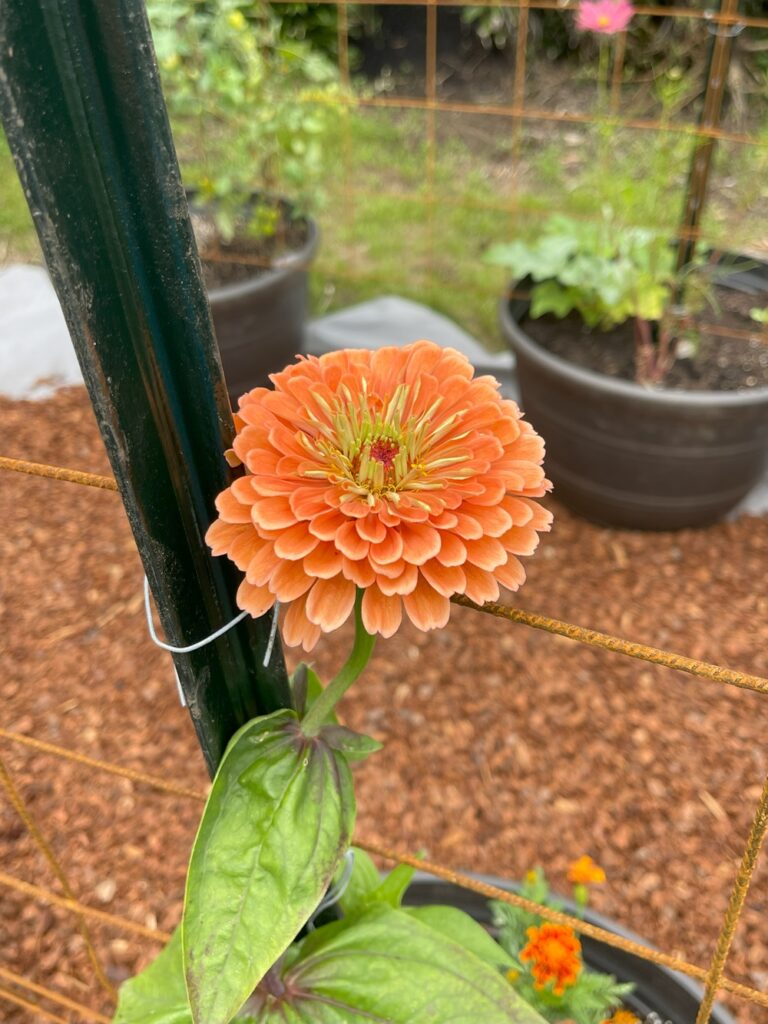
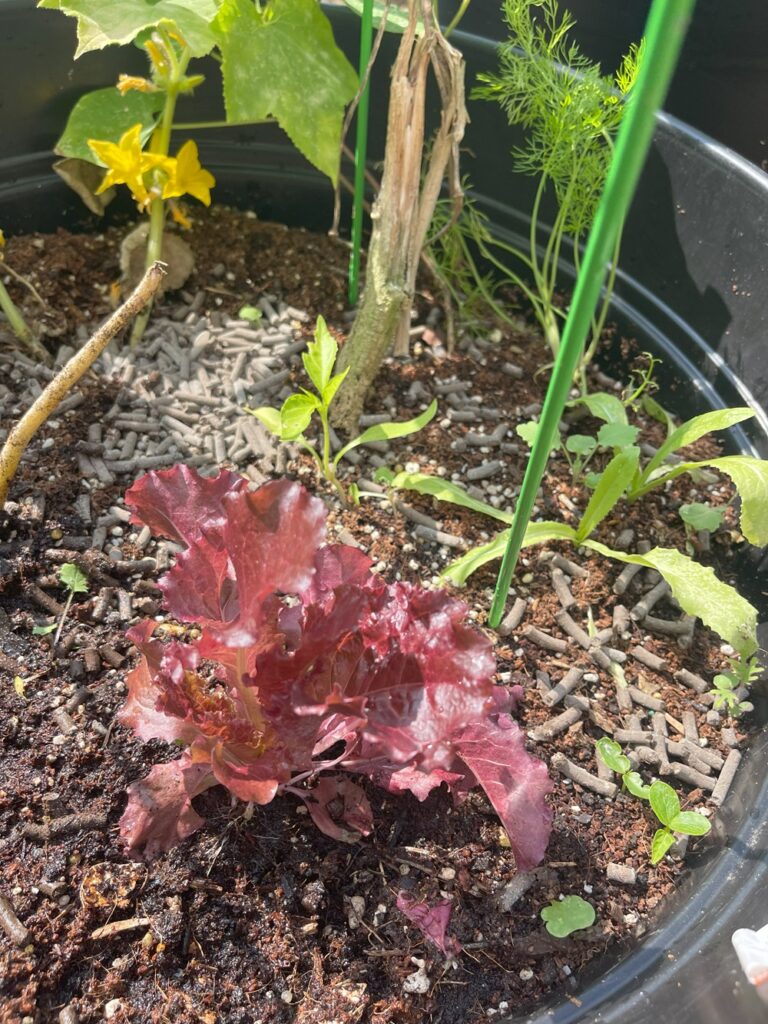
Perennials: The Long-Term Investment
Perennials live for multiple years, growing and flowering season after season. Some perennials die back in the winter and regrow from their roots in spring, while others stay green year-round in milder climates.
Benefits of Perennials:
Require less replanting, saving time and effort.
Become more established and productive over time.
Many attract pollinators and improve soil health with deep root systems.
Common Perennials:
Flowers: Lavender, coneflowers, daylilies, peonies.
Vegetables & Fruits: Asparagus, rhubarb, strawberries, artichokes.
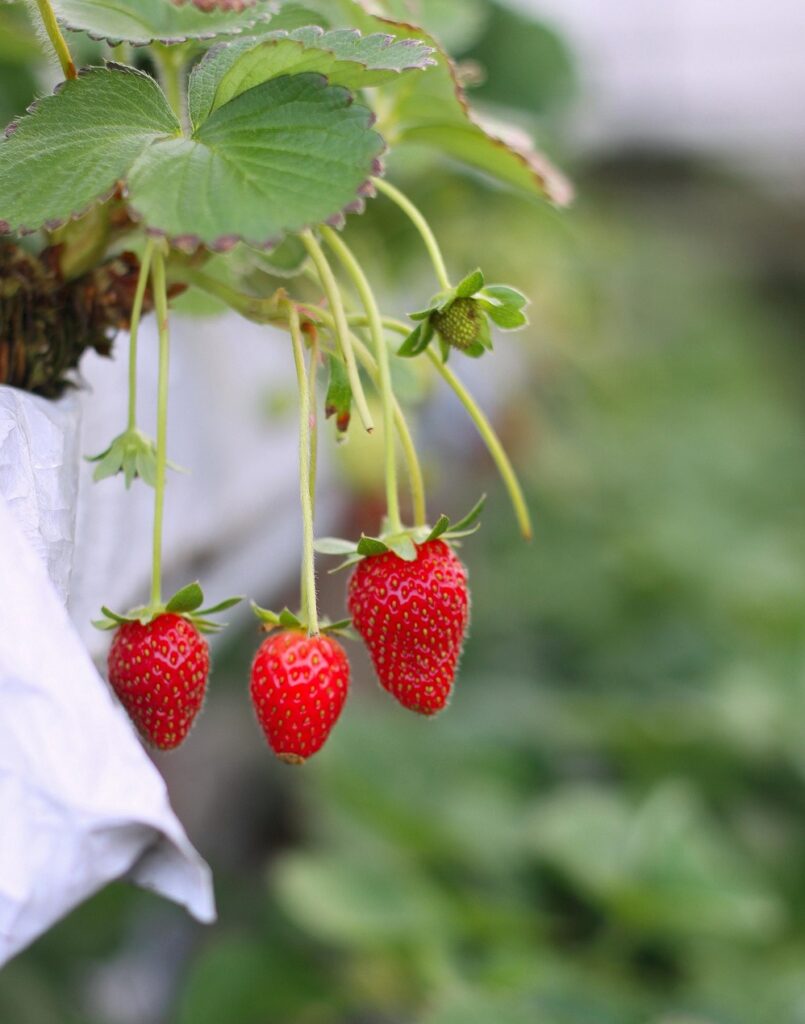
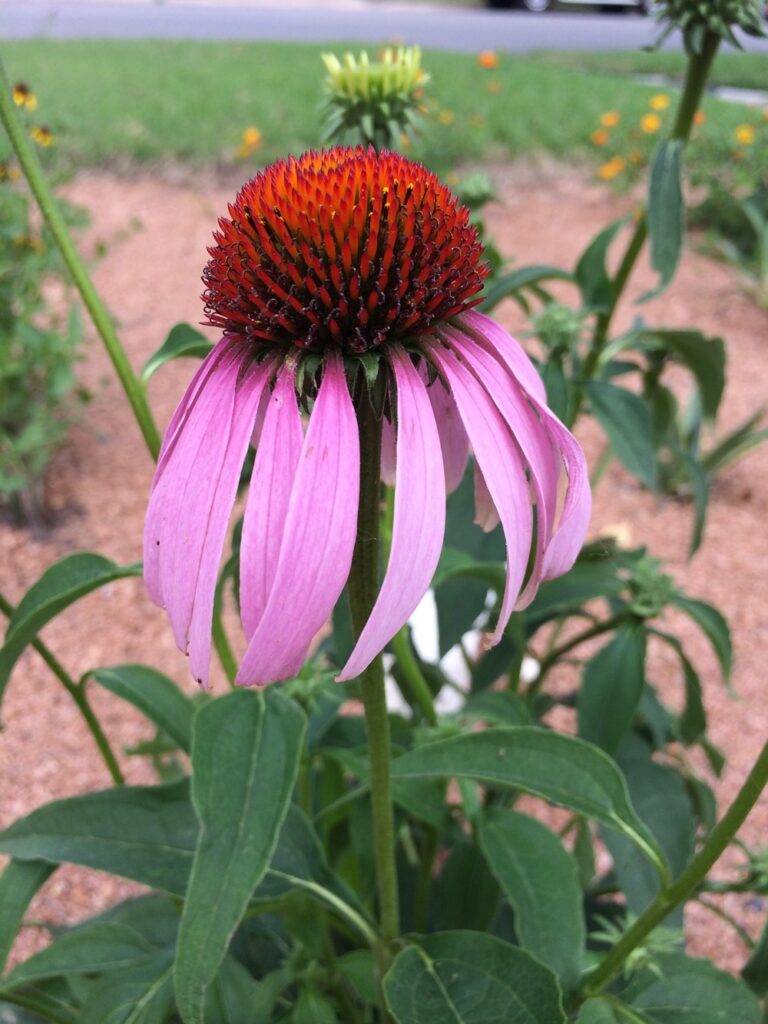
Biennials: The Two-Year Cycle
Biennial plants have a unique two-year lifecycle. In the first year, they grow leaves and establish their root system. In the second year, they flower, produce seeds, and then die.
Benefits of Biennials:
Great for adding staggered blooms and harvests to a garden.
Some, like certain herbs, can self-seed, creating a continuous cycle.
Common Biennials:
Flowers: Foxglove, hollyhock, Sweet William.
Vegetables: Carrots, onions, parsley, cabbage.
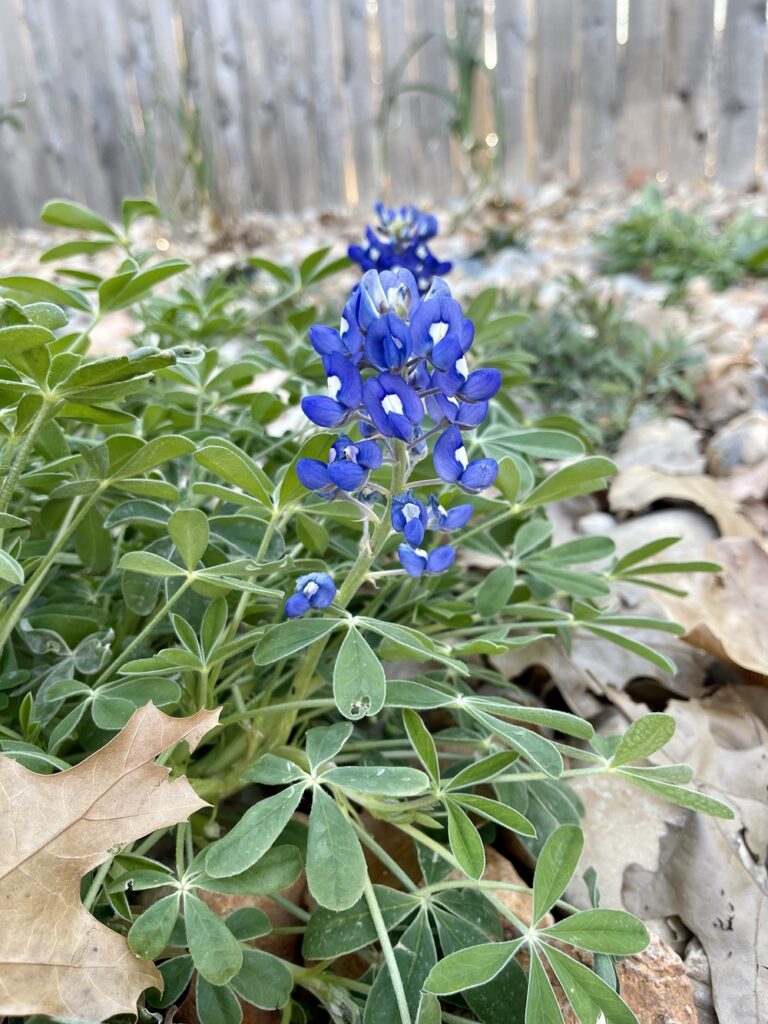
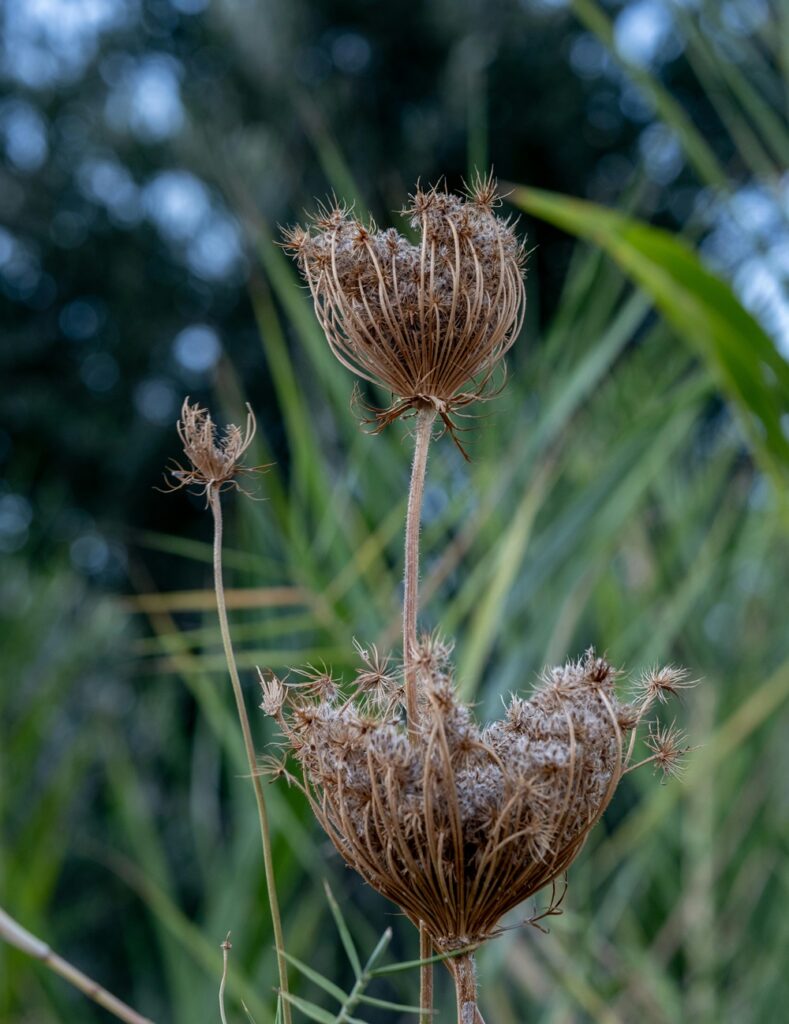
Gardening in Hawaii: When Annuals Behave Like Perennials
Hawaii’s tropical climate changes the rules when it comes to plant lifecycles. Many plants that are considered annuals in temperate climates will actually continue growing for multiple seasons in Hawaii, thriving in the warm temperatures and extended growing periods.
Plants That Live Longer in Hawaii:
Peppers: Bell peppers and chili peppers can grow for multiple years, producing fruit continuously in the right conditions.
Eggplants: Typically an annual in cooler climates, eggplants in Hawaii can thrive for several years with proper care.
Tomatoes: While some determinate varieties may still complete their lifecycle in a single season, indeterminate tomatoes can continue producing fruit much longer in Hawaii’s warm climate.
Herbs: Basil, parsley, and even cilantro can often last longer than a single season.
By taking advantage of Hawaii’s climate, gardeners can extend harvests and reduce the need for frequent replanting, making their gardens more productive and sustainable.
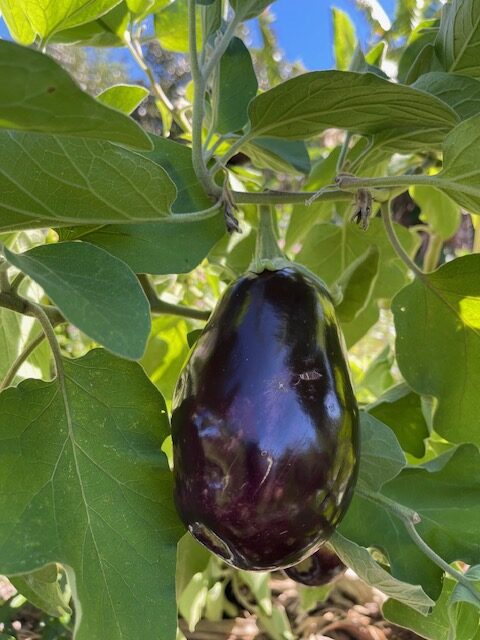
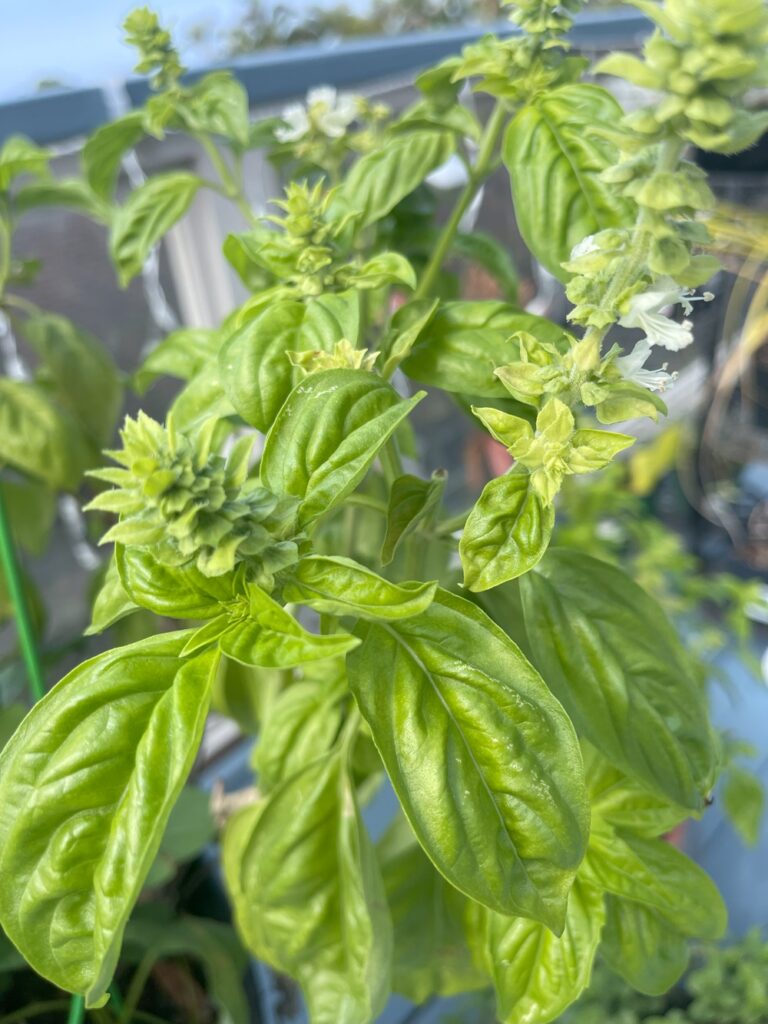
Final Thoughts
Understanding the differences between annuals, perennials, and biennials can help you plan a thriving, balanced garden. Whether you prefer the instant gratification of annuals, the longevity of perennials, or the patience required for biennials, each type of plant has a role to play in a successful garden. What are some of your favorite annuals, perennials, and biennials? Let me know in the comments.

